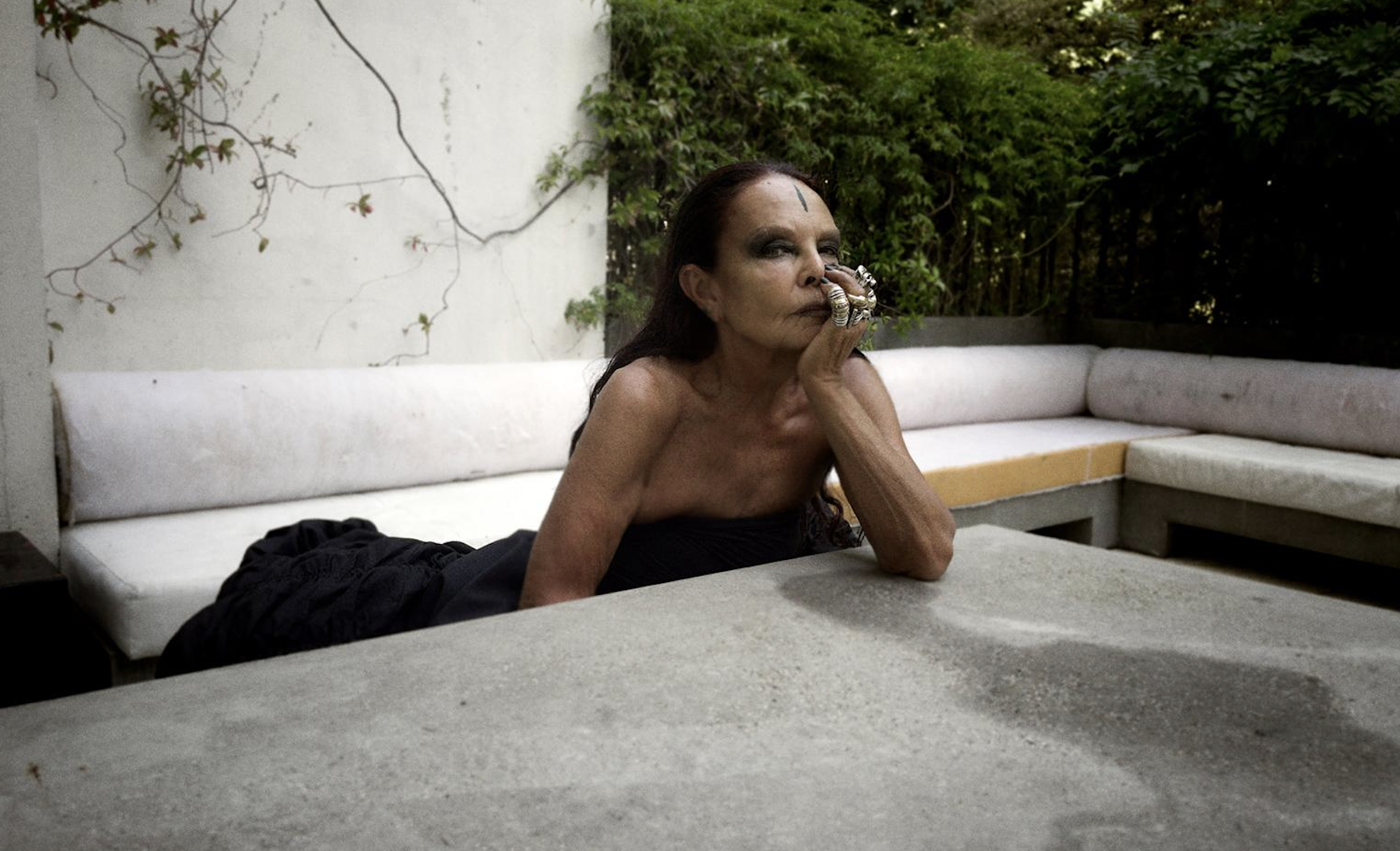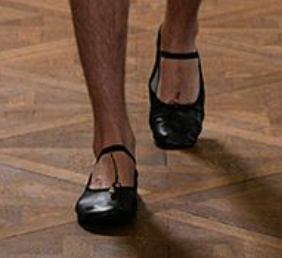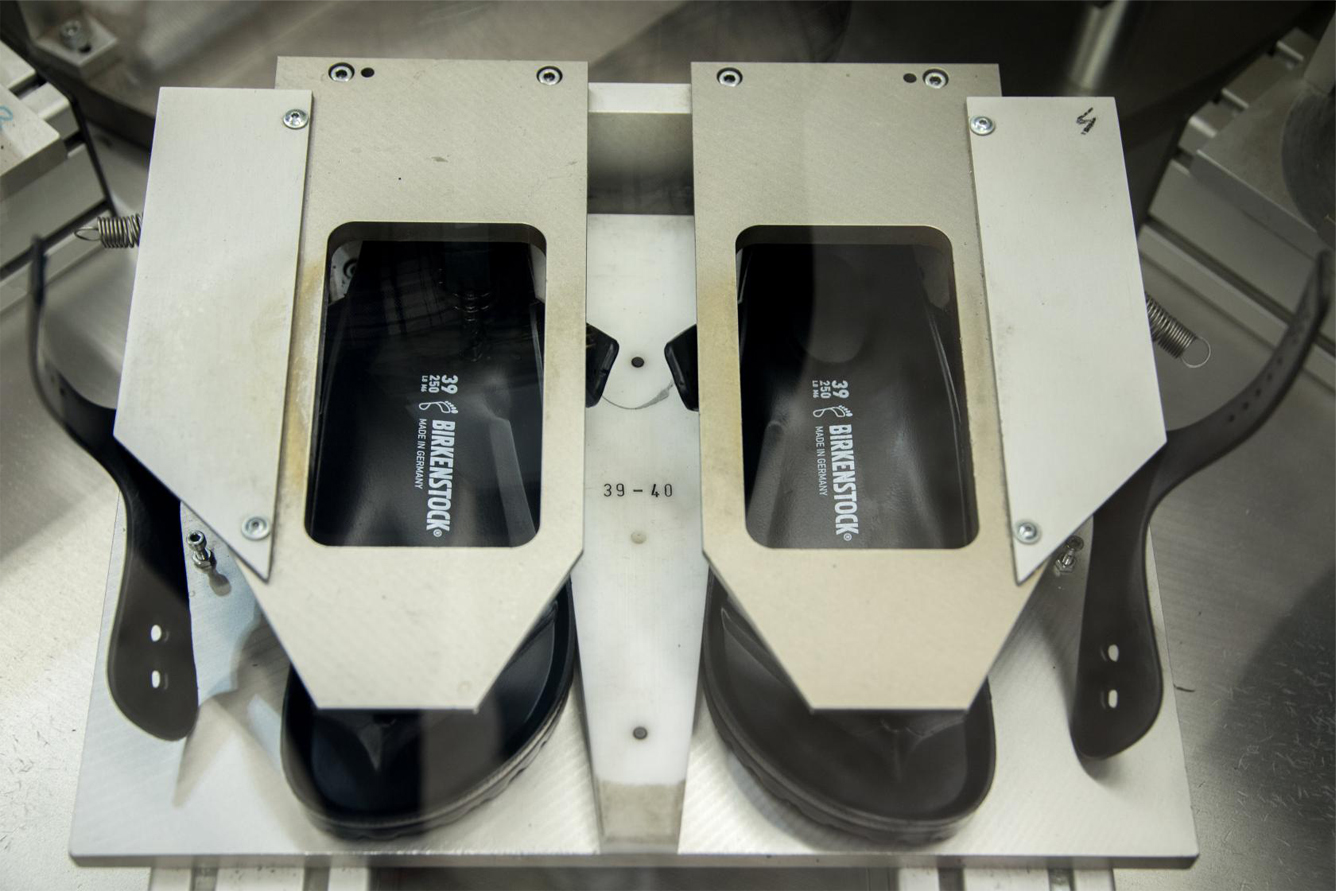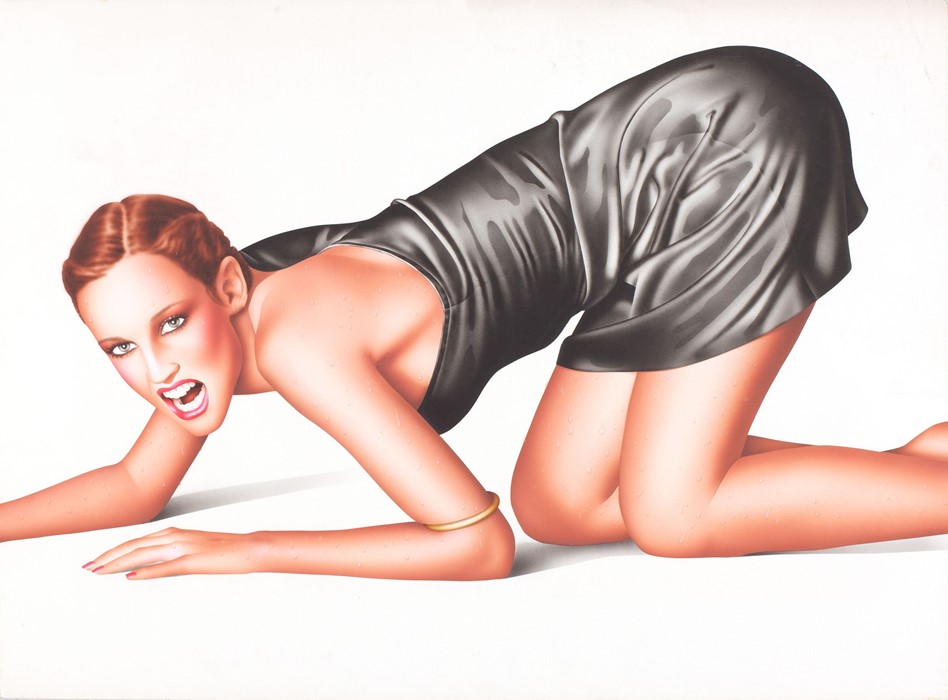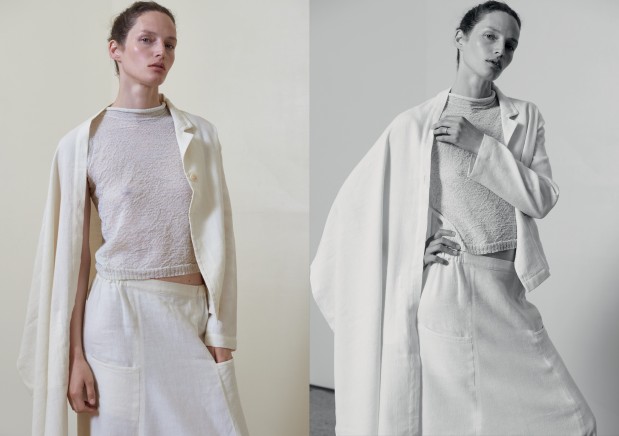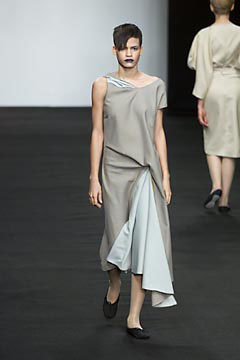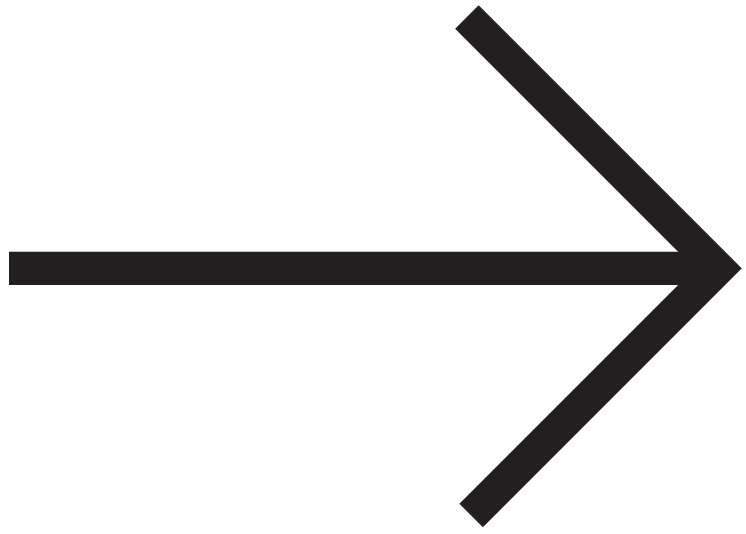2015
Vetements
Published in Modern Matter N°8
What are modern clothes?

Are clothes modern? This was the question posed more than 70 years ago by Moravian-born American polymath Bernard Rudofsky. In his 1944 exhibition at New York’s Museum of Modern Art, Rudofsky curated a maze of reckless clothing habits juxtaposing trouser with skirt; naked body with the adorned; ethnographic artefact with consumer product. The show, in the words of MoMA’s then Director of Exhibitions, exposed the problems of apparel: ‘the present overburdened by the past, a needless waste of materials, and a superfluity and obsolescence of detail.’
Fashions may change but nothing changes in fashion.
We are still overwhelmed by the past; a problem exacerbated by the vast pool of visual material online. We are only one click away from Hussein Chalayan’s formative After Words womenswear presentation from fifteen years ago; the spreads of Madonna’s prized Sex book are splayed all over Tumblr. Miuccia Prada, a woman applauded for setting future trends, now shares her namesake label’s exhaustive archive at prada.com. Factories and workrooms across the world are now, more than ever, over producing, as designers are required to present more than six collections a year, feeding the insatiable collective appetite for crisp, fresh fashions (Elizabeth Hawes was not wrong with the title of her autobiographical exposé of the industry, Fashion Is Spinach, published in 1938).
![]()
We have to move away from scepticism towards fashion’s cultural significance. It has proved its authority. The more pertinent question is this: what are the clothes of today?
The making of fashion that is right for right now is a discipline of filtering and refining. It is the very antithesis of superfluity. Designer Demna Gvasalia of the young Paris-based label Vetements is in this sense not only a designer of clothes but also a librarian of contemporary style. His is a process that explores the realities of everyday life: ‘If we are making a pair of pants then they have to have a reason to be there – someone has to want them or need them, otherwise we won’t do them,’ he says. Measured consideration about why a jacket in a particular cut needs to be remade is at the core of the balanced, concentrated work that Vetements has quickly become known for in only three seasons.
There is a rigour to the label, which is created by a design collective and headed up by Gvasalia, a graduate from Royal Academy of Fine Arts, Antwerp. Whimsical and romantic collections have begun to look outdated in a post-internet age – a time of wide interconnectivity but great personal isolation. ‘We have so much information available to us all of the time that people are more down to earth and in a way, closer to reality, I think. To invent something futuristic that does not exist would be a great ambition but there is not really space for this as the market is oversaturated.’ Vetements is about working with the present. ‘We are not interested in looking back,’ Gvasalia says.
The label explores the recognisable, presenting us with things that we think we might have already owned. This familiarity has been fatuously credited by most fashion critics to much of the design team’s previous experiences working at Maison Martin Margiela. Or it is taken as part of the incorrigible wave of fondness for the 1990s that is currently washing over everything from fashion to art and photography. Instead, Gvasalia explains, ‘I have always been interested in the things that you see right in front of you; not the past, not the things from the 70s, 80s or 90s.’ Vetements is more interested in what people need and what they might already own. ‘It’s about wearable pieces that people want to have immediately. When we are working on the collection we always ask: would you want this? Would you buy it? Our clothes are about clothes.’
References lingering around the studio are mostly photographs of people on the street, youths in the suburbs of Paris, skaters, different groups living their lives. It would be difficult for anyone outside of the collective to understand how these images will translate into a piece for the modern woman’s wardrobe. ‘Most of the time the people we find inspiring are those who have nothing to do with fashion. They are just people who dress in a certain way and don’t try to be “fashion” – that’s what we find the most inspiring.’ This, is a kind of global dress code: ‘A modern wardrobe revolves around the same things: denim pants, a shirt, a t-shirt, a hoodie, an easy dress that makes you feel sexy rather than look it…’ Gvasalia says. ‘They are all pieces we know but then we try to put it into our context and give it a certain attitude that gives the wearer an attitude when she wears those clothes.’
The arrival of the term normcore into wider consciousness in 2013 advocated a move towards dressing in a more realistic and frou-free way. A sweatshirt is a sweatshirt, a hoodie is a hoodie. ‘This is how people not only in Paris, London or New York dress…what we do has to be representational of a modern uniform for a whole generation. We want to have a dialogue with today, not with the past or the future.’
Fashion’s forward thinkers are trying to avoid being implicated by trends by either favouring the outlandish or courting designers who go against the grain. They either wear Instagram-ready cartoonish clothes or they choose quiet garments tied to no distinct era, sense of occasion or even gender. ‘People stand out by blending in in our clothes,’ Gvasalia says. ‘They blend in by the fact that they are wearing recognisable pieces but the proportions and volumes are updated. It’s easier to stitch four sleeves onto a jacket in order to make something look different, but the actual design challenge in the process of upgrading what people already know is very exciting.’
Modern clothes are familiar, sharp and straightforward.
In years to come, will Vetements’ clothes look like 2015? ‘I hope not,’ Gvasalia says. ‘I think it’s very difficult to reference a decade now, or at least with what we do there are so many different influences and decades that it will be hard to say in years to come if our clothes look like 2015 or 2025.’ The international catwalks are stuffed full of miscellaneous ideas. Someone is doing seventies skirts. Someone is doing eighties prints. Someone is 3D printing futuristic shift dresses. Someone is working with natural cottons made by weavers in a remote part of India and another is growing fabric in a laboratory. It has become impossible to relate to everything that we are shown.
‘It is very easy to do something provocative or shocking but do we really need that today? I don’t think we do. The time now is to filter things and to ask: is that really modern?’










